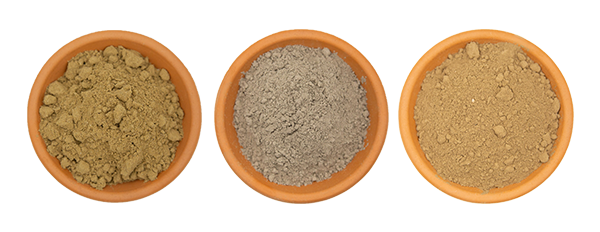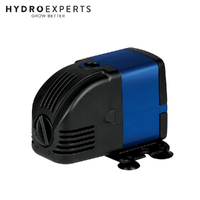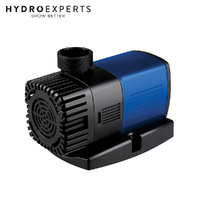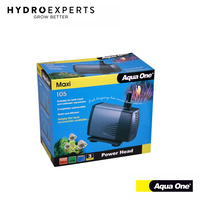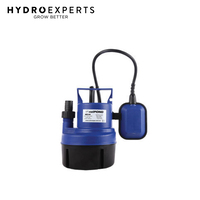Hydroponic Water Pump Guide: Submersible & External Pumps Explained
By Hydro Experts | 8 January 2025
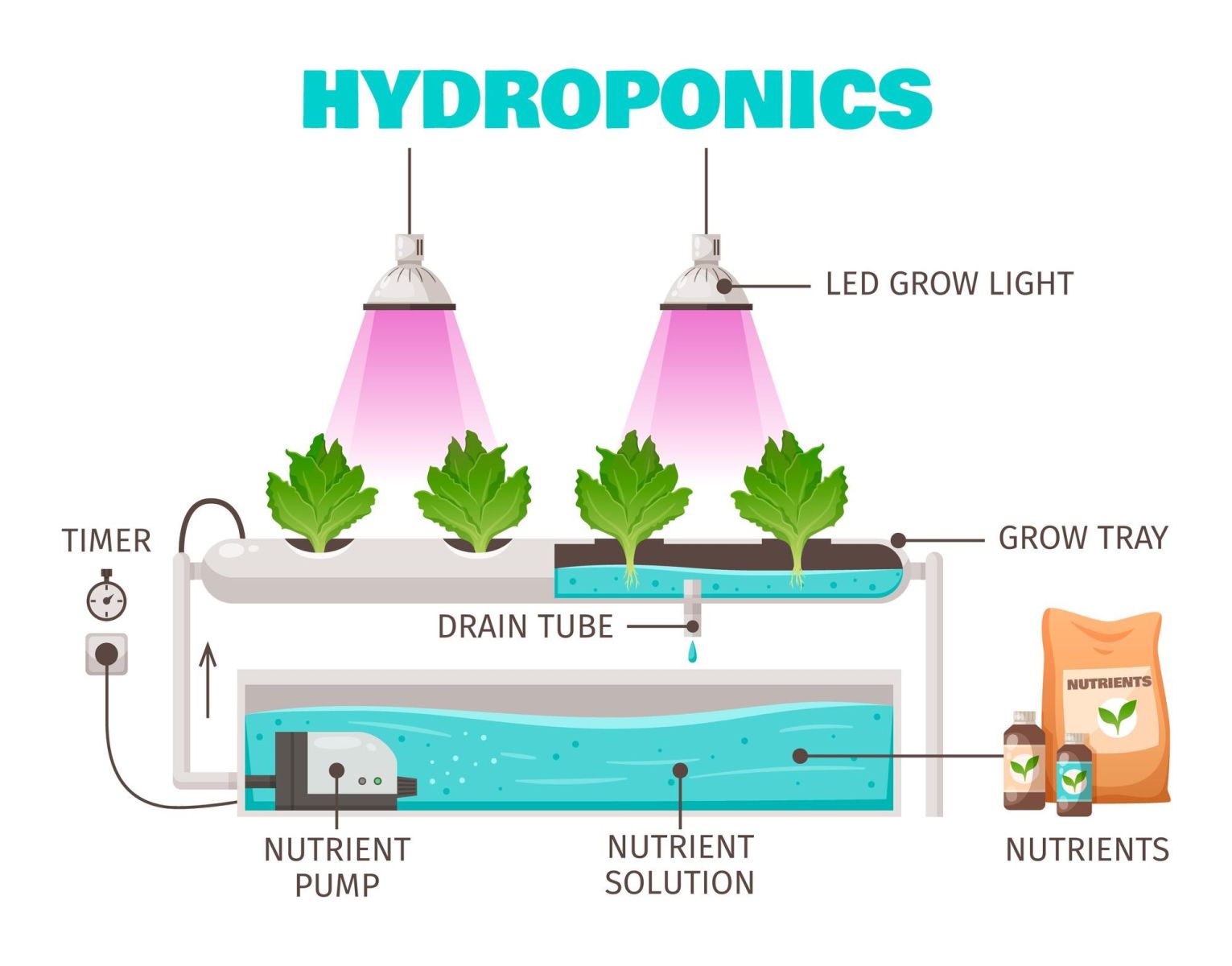
Gardening with hydroponics has revolutionized the way we grow plants; there are benefits from faster growth, higher yields, and saving water. The water pump is one key element — without which, hydroponics just doesn’t work. Motivated to grow lettuce in your basement or larger commercial greenhouse?
Then you'll want to choose the right pump to make or break the success of your system. Here is this guide on picking the best water pump for your hydroponic setup, specifically on quality, performance and long-term durability.
Understanding Hydroponic Systems:
In order to have a wiser understanding of the type of water pumps you are going to be using, you must understand the different types of hydroponic systems and how they work. The main difference is the water pump that you need is based on the system you’re using. Below, we have listed some of the hydroponic systems so that you can get a clearer understanding of what they are.
Deep water Culture(DWC):
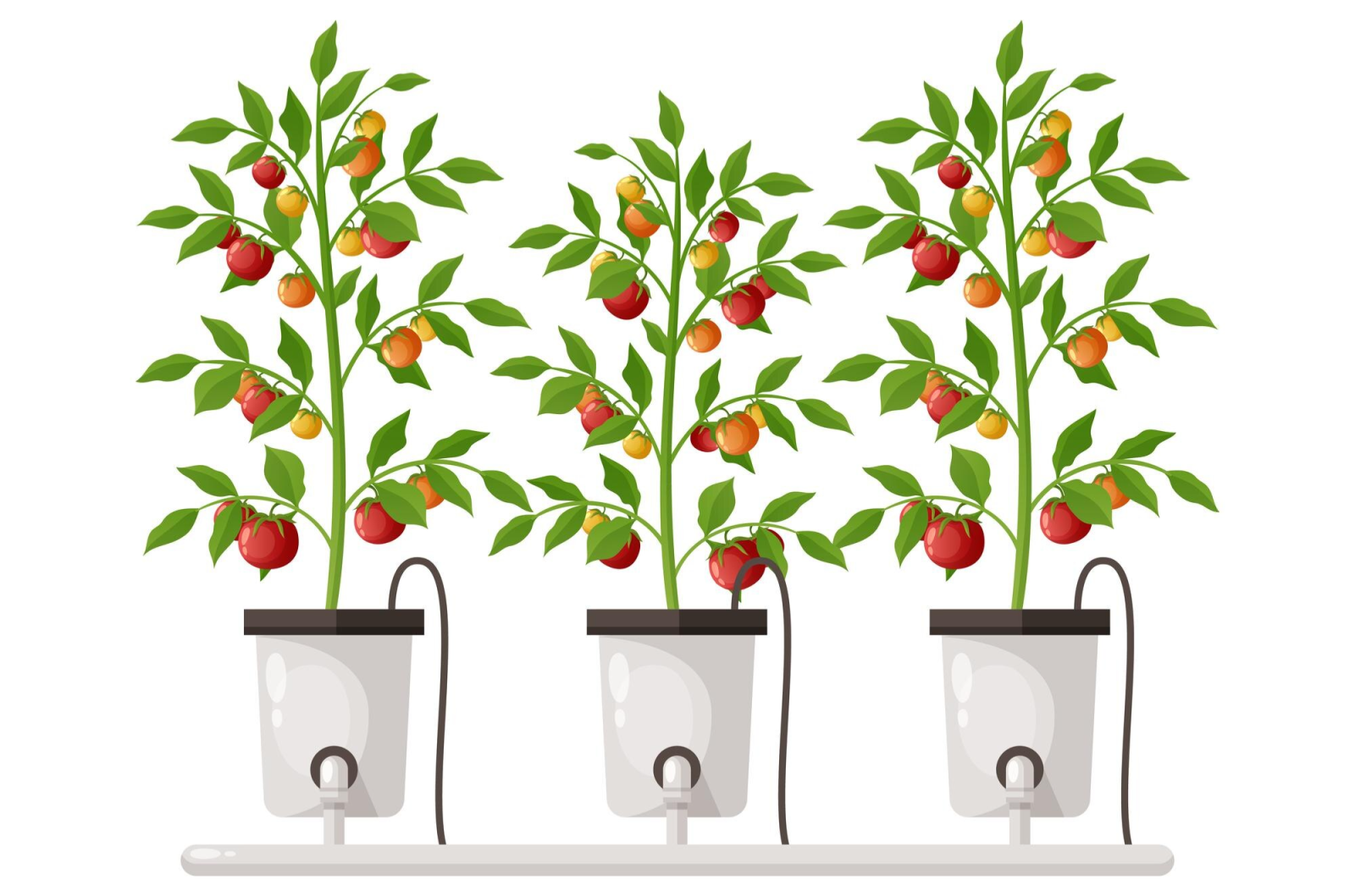
In DWC, plants’ roots are placed in nutrient-rich water, and a pump circulates the solution, ensuring oxygen and nutrition are distributed. It will need to be able to pull water quickly so it doesn’t stagnate.
Nutrient Film Technique (NFT):
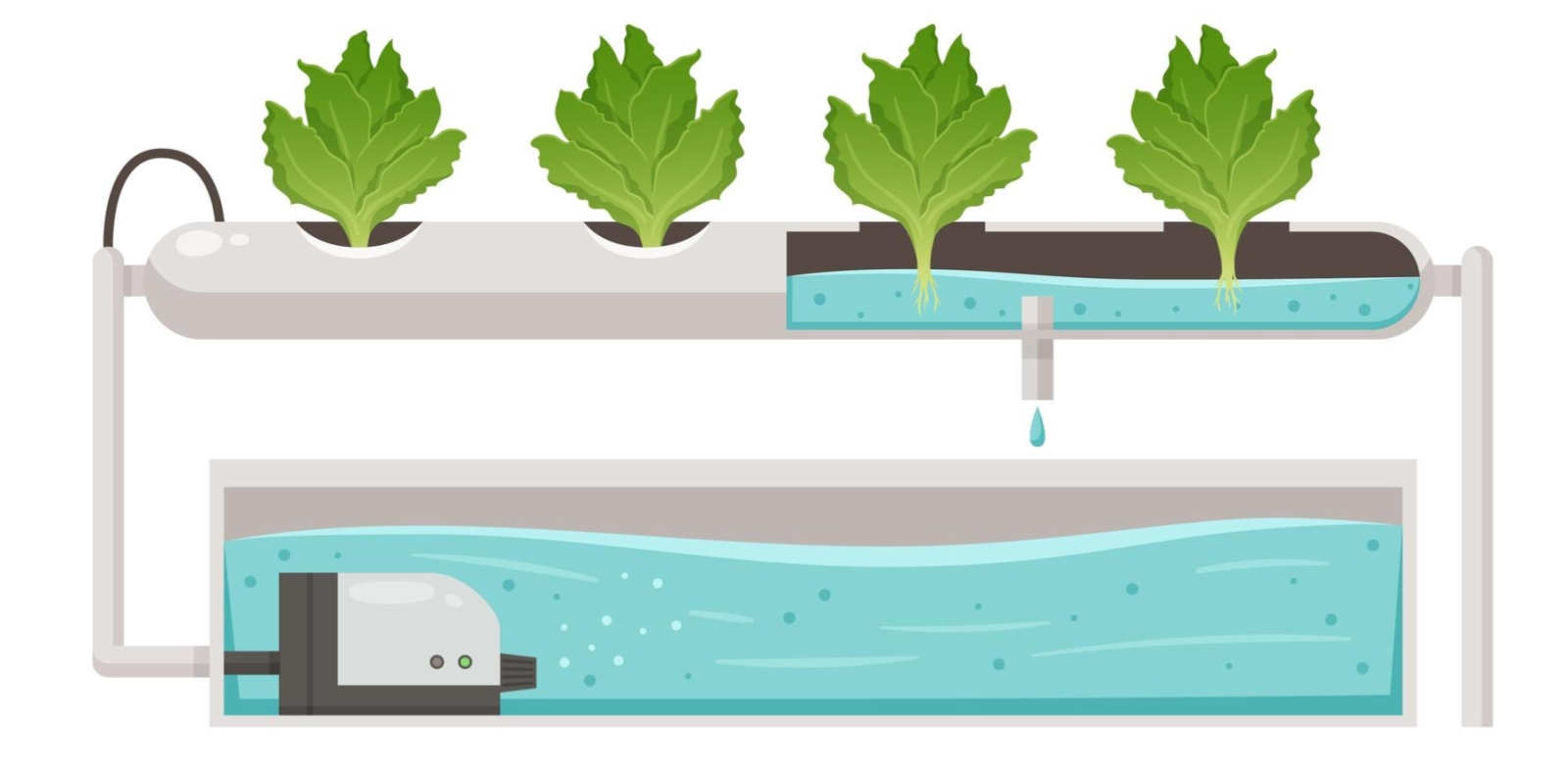
A thin film of water flowing continuously over the plant roots is used in this system. Sometimes water is pushed through the channels by a submersible pump. It must also flow at the right speed because if too much or too little flows it will stress the plants.
Wick system:
.jpg)
This is a passive system but typically a pump isn’t required unless you’re using a larger, more complex setup. The reservoir is oxygenated, however, a small, low-flow pump can be used.
Aeroponics
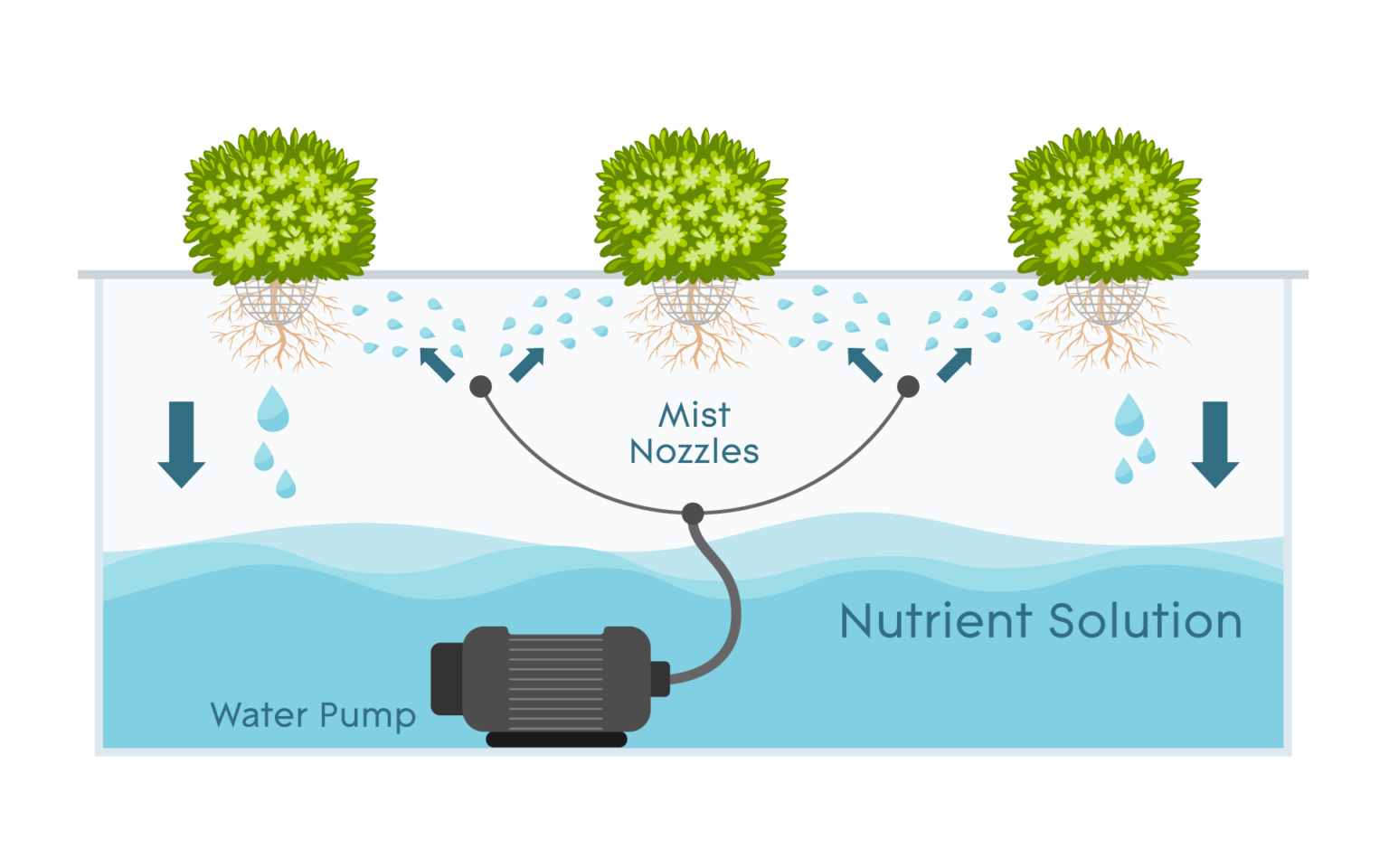
Plants are suspended in air with roots exposed to a fine mist of water. The roots need to receive nutrients and oxygen efficiently, and so a high-pressure water pump is needed to generate the mist.
Why the Right Water Pump is Crucial?
Water pumps are necessary in hydroponic systems, as they are responsible for the circulation and flow of water, oxygenation, and nutrient delivery. For a better perspective we have listed some of the features, the pump is responsible for:
Maintaining Consistent Flow: If left unattended, your small nutrient solution will just sit, stagnant, eventually causing algae growth and root rot, and worse, drying out the roots. So, the pump makes sure that the nutrient solution is continuously circulating through the system.
Oxygenation: Good water movement combined with that ensures the plant roots get the right amount of oxygen. Plants, however, can grow stunted and not pick up nutrients if they lack sufficient amounts of oxygen.
Even Nutrient Distribution: A quality pump is important to make sure that your nutrient solution is evenly distributed, and not over or under saturated the plants. It is vital for good plant growth and health.
Key Considerations When Choosing a Water Pump:
It is easy to get tempted and oversee things when selecting a water pump for your hydroponic system. Therefore, several factors need to be considered to ensure optimal performance. Let’s break down the essential considerations:
1. Flow Rate(GPH/LPM)
The flow rate is the amount of water transferred per minute or per hour by a water pump. It’s crucial to match the flow rate with the needs of your hydroponic system:
- Low Flow Pumps(about 100-400 GPH or 0.4-1.5 LPM) are perfect for small-scale setups, such as DWC or small NFT systems.
- High Flow Pumps (up to 1,000 GPH or 3.8 LPM) are needed for larger systems, such as commercial-scale vertical farming operations.
A general rule of thumb is to circulate the entire nutrient solution at least once an hour. Slower flows mean better nutrient uptake for roots for DWC, while NFT needs a steady low flow to stay away from waterlogging.
2. Head Height
Head height is the height at which the pump is required to push water, measured from the pump to up top of the system. The water must be lifted up to the growing area although if the pump is placed in a reservoir below the plants it’s got to have sufficient power to lift the water up.
- Higher head height is important if the pump has been placed far from the grow bed or for larger systems.
- Lower head height is well suited to smaller setups and where the pump and grow beds are located nearer.
Never select a pump that doesn’t meet or exceed the rated head height required by your system; picking a pump with inadequate head height simply means that you won’t get good performance and waste nutrients.
3. Power Efficiency
A good water pump should be a balance of performance and power efficiency. As the pump gets more powerful, so does the electricity it will use and that cost can add up.
- Energy Efficient pumps: Pumps with low wattage ratings are ideal for long-term use. These can benefit commercial or large-scale systems where pumps need to run continuously.
While buying pumps, look out for pumps that use brushless DC motors, which are generally more energy-efficient and durable than AC motors.
4. Durability and Material Considerations
Since these water pumps will be underwater in nutrient solutions, they need to be built to withstand dipping in water and potentially corrosive materials. Look for pumps that are:
- Corrosion resistant: Stuff made out of stainless steel, ceramic or really good plastic makes good stuff because it won’t rust or degrade over time.
- Non-toxic: Check that the material of the pump won’t leach harmful substances into your nutrient solution. Pumps are sometimes cheaper but may be made of materials that can affect the water quality or plant health.
5. Noise Level
Having noise isn’t a problem in big grow setups, but still, quieter pumps are better preferred for indoor ones, particularly if your hydroponic garden is set up indoors. Choose pumps with less noise, or pumps that are less noisy.
6. Maintenance and Ease of Cleaning
A good water pump should be easy to maintain and clean to ensure optimal performance over time. Look for pumps with: :
- Removable parts: This gives you easy access to cleaning and replacement if any parts are damaged.
- Self-priming features: Choose pumps that allow for hassle-free operation without requiring manual intervention
Cleaning on a regular basis ensures consistent flow, prevents clogging, and prolongs life of the pump.
Types of Water Pumps for Hydroponics:
Having gone through the major consideration now we are going to discuss the two main types of water pumps used in hydroponic systems.
1. Submersible Pumps
The submersible pumps are designed for operation underwater, immediately in the nutrient reservoir. They are popular for smaller hydroponic systems, like DWC, and provide the following benefits:
- Cost-effective: External pumps can be more expensive, however, sometimes submersible pumps can be more affordable.
- Easy installation: Because of this, they are very easy to install and the user can place them directly in their water reservoir.
- Compact: Good for smaller systems that don’t have lots of room.
This means that submersible pumps are limited by having limited head height and are therefore best for systems where the pump and grow beds are relatively close together.
2. External Pumps
The nutrient reservoir is externally pumped with tubing from outside pumps to supply water into the system. They are generally used with a larger, more complex system like NFT or aeroponics. Advantages include:
- Higher head height capability: If you are going to build a tall setup, outdoor pumps that pump water higher are ideal.
- Greater power and flow rate options: Generally stronger flow and higher head heights are found with them than with submersible pumps.
External pumps are usually more expensive and have more assembly, but are much better for large systems.
Top brands and Models to consider
Several water pump brands are renowned for producing top-notch water pumps for the nutrient reservoirs of hydroponic systems. Here are some top choices:
Aqua One Submersible Pump: As pump specialists, Aqua One is a well-known brand for small to medium hydroponic systems such as NFT and DWC that require compact energy efficient pumps. They not only have adjustable flow rates and are quiet, but they also are perfect for indoor setups and easy to maintain — making them a favourite for hobbyists.
PondMax Water Pumps: PondMax pumps are robust, UV resistance pumps designed for ponds, but versatile for hydroponics, great for outdoor setups or large-scale systems. They are known to run really high flow rates and do well under trying conditions. PV (solar powered), EV compatible, and low voltage PondMax water pumps are a proven choice for hydroponic systems. For off-grid setups, their PV pumps are ideal while EV-compatible pumps integrate with electric vehicles for mobile operations.
Several Top-notch brands offer reliable water pumps for hydroponic systems that suit specific needs. With adjustable flow rates and quiet operation, Aqua One is perfect for small to medium indoor systems.
They can cater to NFT and DWC, with compact energy-efficient submersible pumps. PondMax’s Robust pumps, high flow pumps, which are UV resistant and compatible with solar power or EV are excellent for large-scale and/or outdoor, as well as off-grid and/or mobile.
Similarly, PondMax offers iexpensive, compact, adjustable control pumps for the dripper system and easy maintenance for beginners or experienced users. All of our brands provide high-quality solutions for a variety of hydroponic uses. If you’re in the space for Sustainability solar water pumps might just be the right fit for you.
Maintenance and Troubleshooting tips
Regular maintenance is important to make sure your water pump will last years. Here are a few tips:
- Clean regularly: Prevent the algae, debris, and nutrient buildup from clogging or preventing efficiency.
- Check for leaks: Always inspect the pump and tubing for leaks or cracks that can disrupt the flow.
- Monitor flow rate: A decrease in water flow would however indicate, if the pump is not cleaned or maintained, that it needs to be.
- Test the pump periodically: Check the mechanical without any water and then run the pump.
FAQs:
How do I choose the right flow rate?
- Circulate the nutrient solution at least once per hour. Smaller systems need 100–400 GPH, while larger ones may require up to 1,000 GPH.
What’s the difference between submersible and external pumps?
-
Submersible pumps are compact and affordable for small systems. External pumps handle higher flow rates and head heights for large setups.
Are energy-efficient pumps worth it?
-
Yes, they save electricity and are ideal for continuous use, especially in commercial systems.
What maintenance do water pumps need?
-
Regular cleaning, leak checks, and flow monitoring prevent clogs and ensure durability.
Can PondMax pumps be used indoors?
-
They work best for outdoor or large systems. For small indoor setups, consider compact options like Aqua One or Potami.

